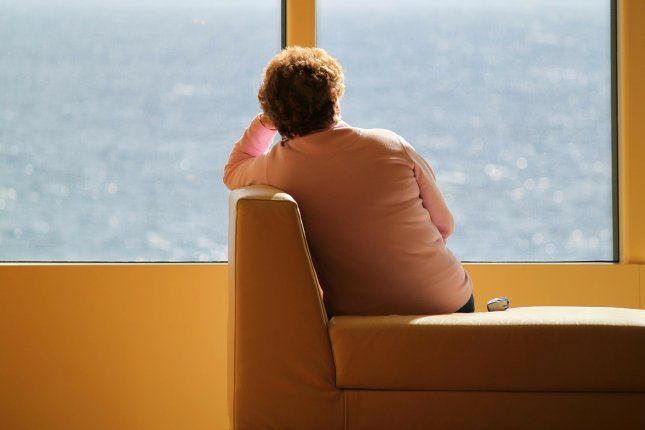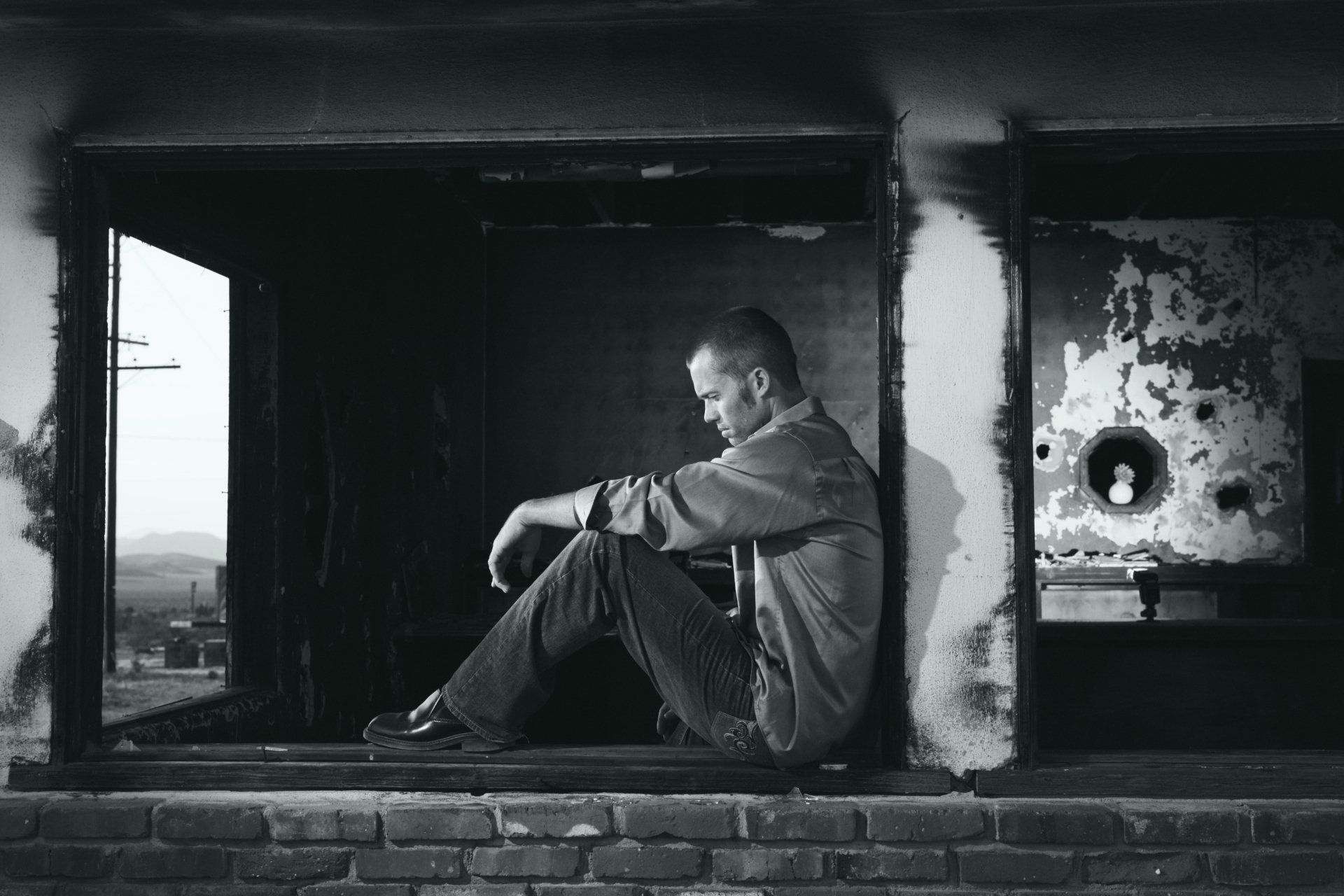Daylight Saving Time is Doing Far More Harm than Good, According to Sleep Scientists

Twice a year, every year, Americans dutifully change the clocks throughout their homes, cars and offices in service of daylight saving time. But if losing an hour of sleep or suddenly being expected to stay up an hour after your normal bedtime is disrupting your routine, you're not alone.
According to James Wyatt, Ph.D., clinical sleep disorder specialist at Rush University Medical Center, daylight saving time isn't just a mild inconvenience—it's dangerous.
In fact, researchers have found that the risk of stroke, heart attacks and traffic accidents all increase in the days following the switch to daylight saving time (moving an hour forward in the spring).
"Among the sleep science community, there is no controversy: The consensus is that we should eliminate daylight saving time and stick with standard time permanently," Wyatt says.
Dangerous time
How does shifting around an hour of our day a couple times a year presents a danger to Americans?
According to the American Academy of Sleep Medicine, the change from standard to daylight saving time is associated with an increased risk in the following areas:
- Heart attack
- Stroke
- Hospital admissions and emergency room visits
- Missed medical appointments
- Sleep disruption
- Mood disturbances
- Suicide
- Traffic accidents
- Work absences
- Stock market volatility
- Poor athletic performance
Wyatt says all of these issues are a result of time changes tampering with the natural circadian rhythms of our bodies. These functions help our brain signal that it's time to go to sleep, but they also control countless other organ systems throughout the human body.
"We have clocks throughout the body," he explains. "A special region in the hypothalamus regulates our circadian rhythms and acts as the master pacemaker, telling us "Here's daytime, so do this, now it's nighttime do that." Our organ systems have to change their function depending on what time of day it is.
"Our gut digests more at night and less during the day, urine production reduces in the evening so we can sleep through the night more easily, our temperature is higher during the day than at night, and all of this is regulated by our circadian rhythm."
When those rhythms get interrupted—such as when we travel across time zones, work rotating shifts and twice a year when the clocks move forward and back—our bodies have a stress response.
According to an American Academy of Sleep Medicine survey, more than half of respondents said they felt extremely or somewhat tired after the shift to daylight saving time in the spring.
"Many people plan to go to bed an hour early when the clocks change, but they rarely do," Wyatt says. "That means you've just lost an hour of sleep and your circadian rhythms are misaligned, which explains why we see an increase in accidents after daylight saving time begins."
Easing into time changes
While the academy and more than a dozen other organizations have adopted the position that public health and safety would benefit from the elimination of daylight saving time, there's no way to know when or if this will come about.
In the meantime, there are ways to maintain your sleep hygiene and health to help you spring forward and fall back more easily.
According to Wyatt, easing into daylight saving time in the spring is just a matter of planning a few days in advance.
"The simplest way to manage the springtime shift is to go to bed and get up 30 minutes early on the Friday immediately before the time change," he says. "Then, shift it 30 minutes earlier for the following night. By Sunday's time shift, you'll be back onto your regular schedule without suddenly losing an hour of sleep."
Simply breaking up a one-hour time shift into two 30-minute shifts goes a long way to allowing your body to adjust to the new schedule while reducing strain on your circadian clock, and helping you enjoy your extra hour of evening daylight.
Fortunately, the fall time change tends to have less of a negative impact on most of the population. Wyatt suggests that going to bed at the same time as you normally would the night before the time shift will give you an extra hour of sleep that most of us can use.
The History of Daylight Saving Time
Considering most of the U.S. observes daylight saving time, the history of the practice is rather murky. Many pin it on the vague concept of farming: Farmers needed the time shift so they could spend more time in their fields.
Some credit Ben Franklin with inventing it in the 18th century. And while the founding father can count time zones among his many innovations, daylight saving time is not one of them.
In reality, daylight saving time started in Germany during World War I as a means to conserve energy, and the U.S. followed suit shortly after. In 1966, the Uniform Time Act codified the rules on a federal level.
Still, states have always been able to opt in or out of the practice, and the dates that daylight saving time begins and ends have shifted over the years, all of which has added to the confusion about precisely why we observe it.
Various studies have shown that the time shift does very little to conserve energy and, in fact, has proven to be harmful.
Orange County Psychiatric Associates, in Mission Viejo, works with adolescents, and adults to enable them to live their lives to their fullest. Orange Coast Psychiatric Associates tailors treatments based on the understanding that both body and mind must be treated in order to promote better mental and physical health. Let us help you improve your quality of life with specialized care for you.




